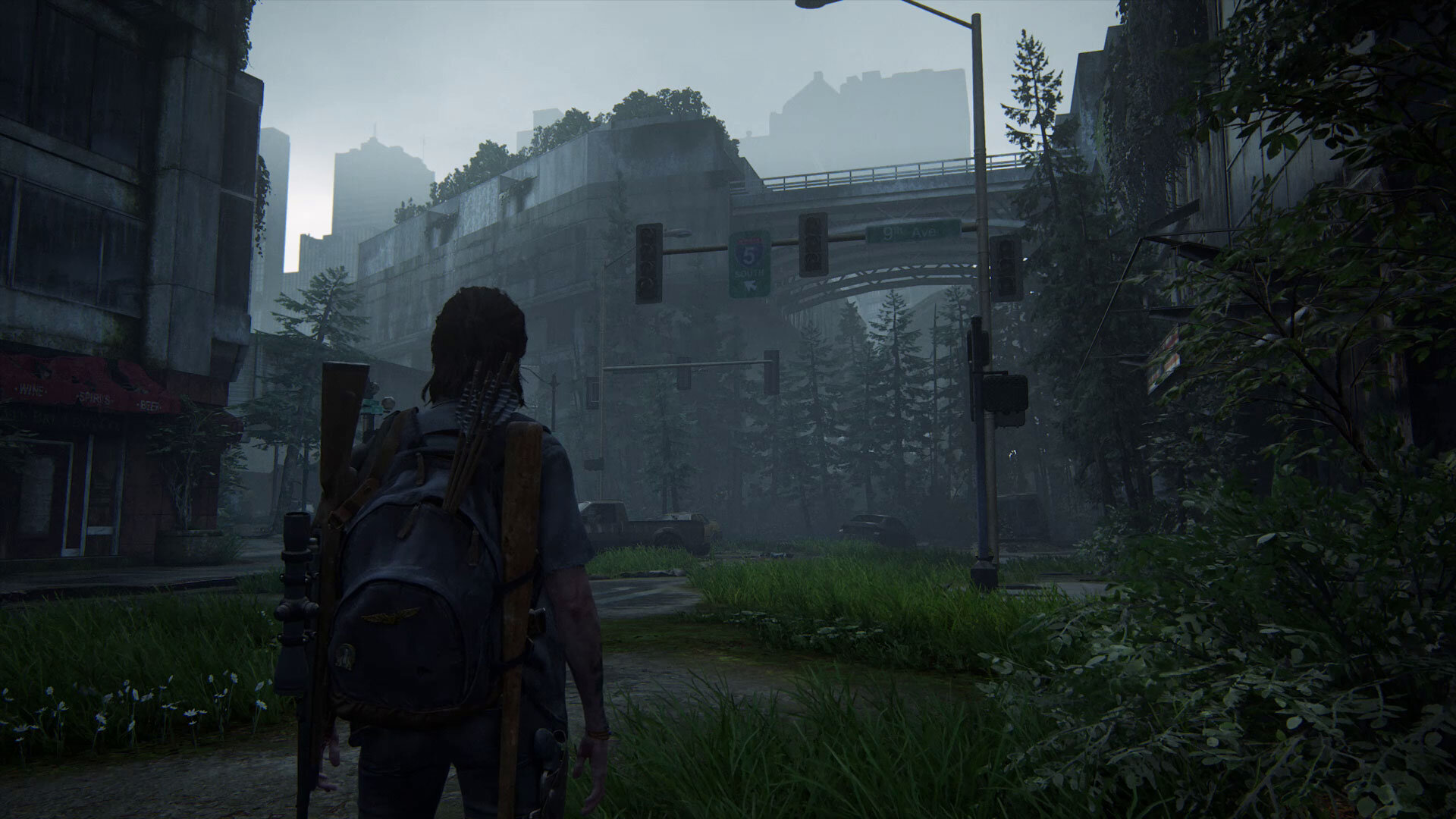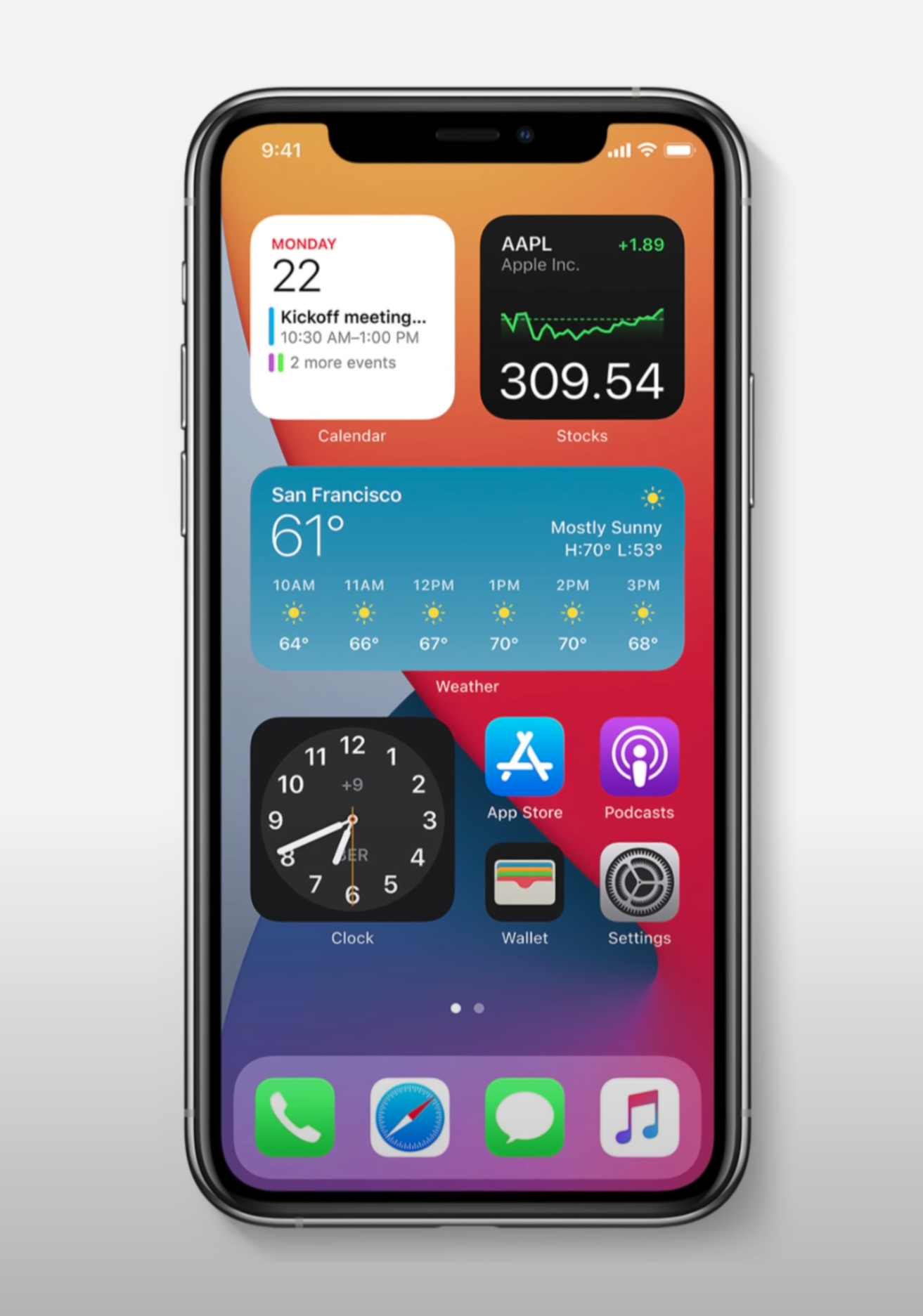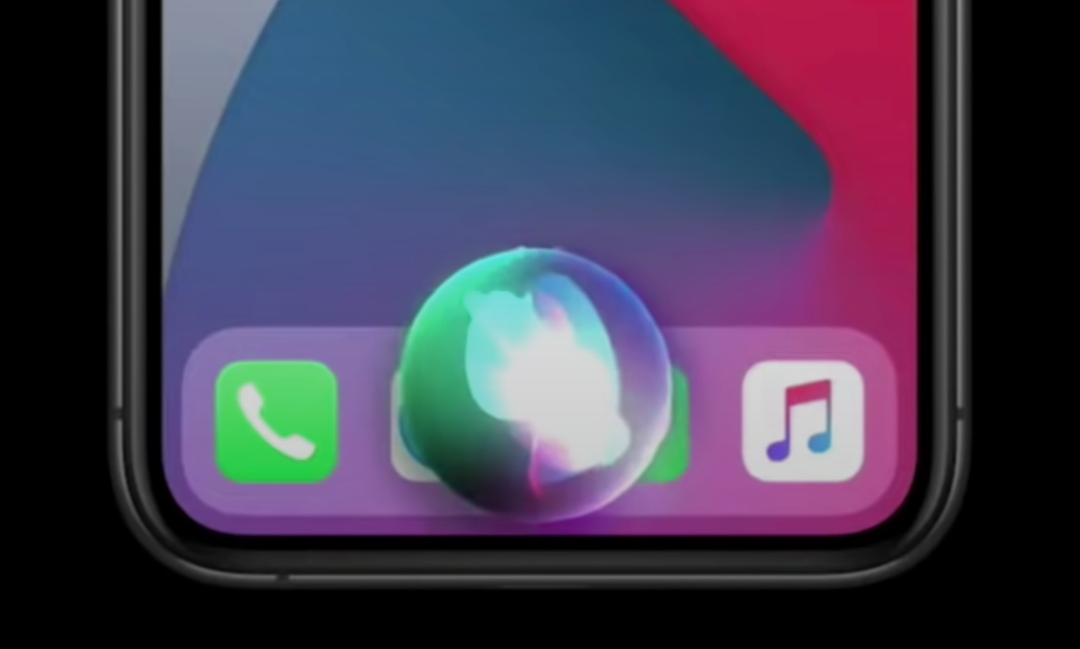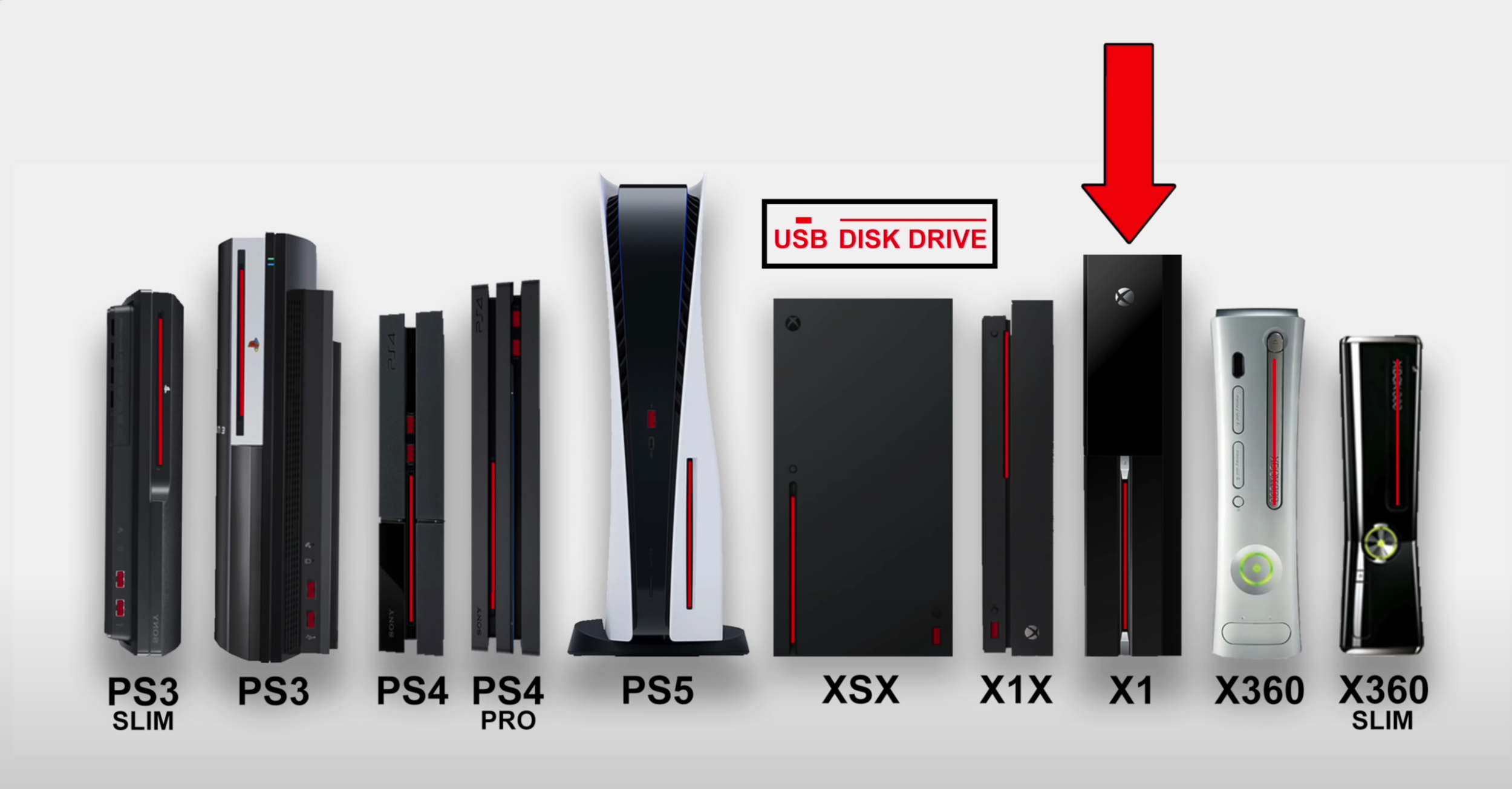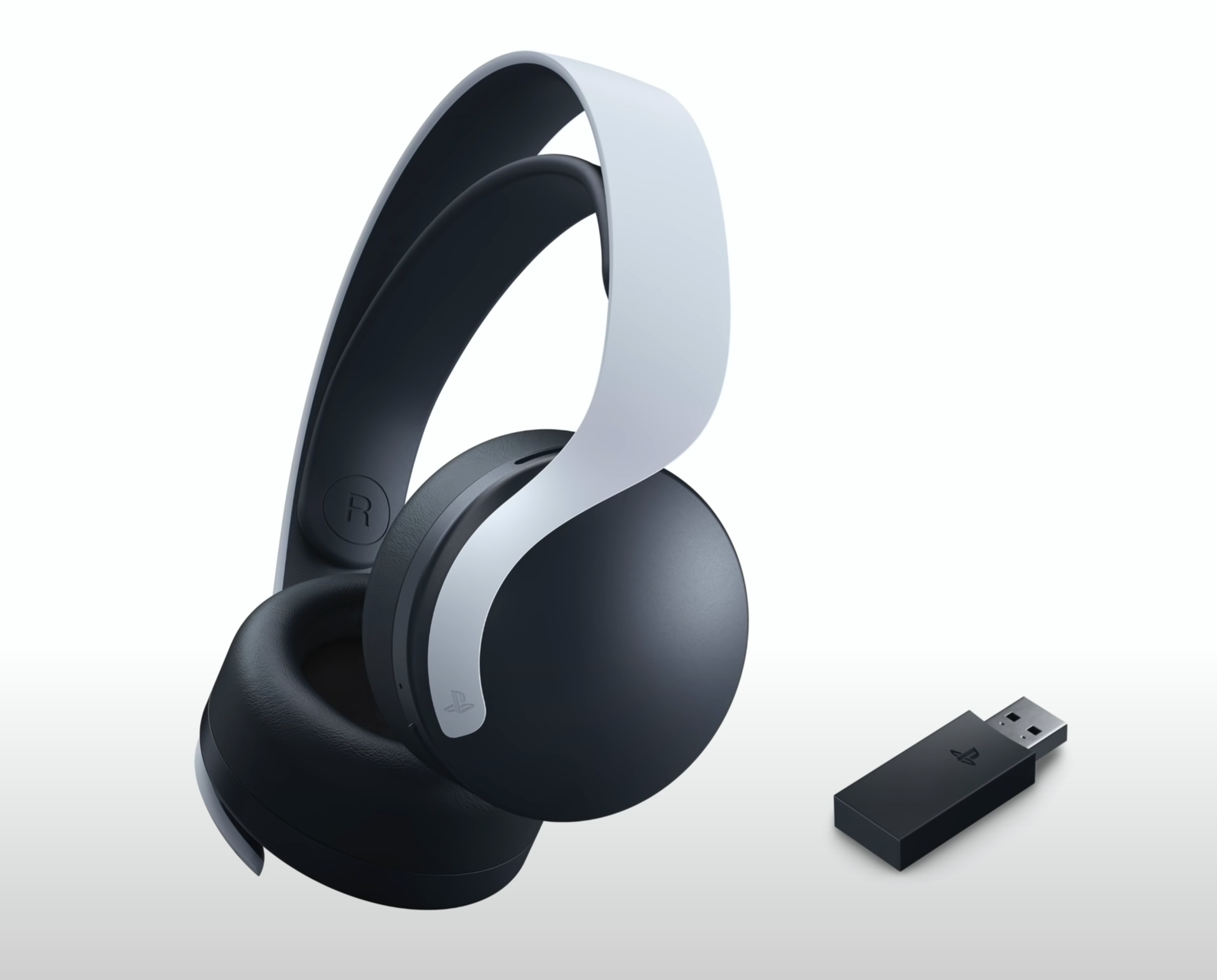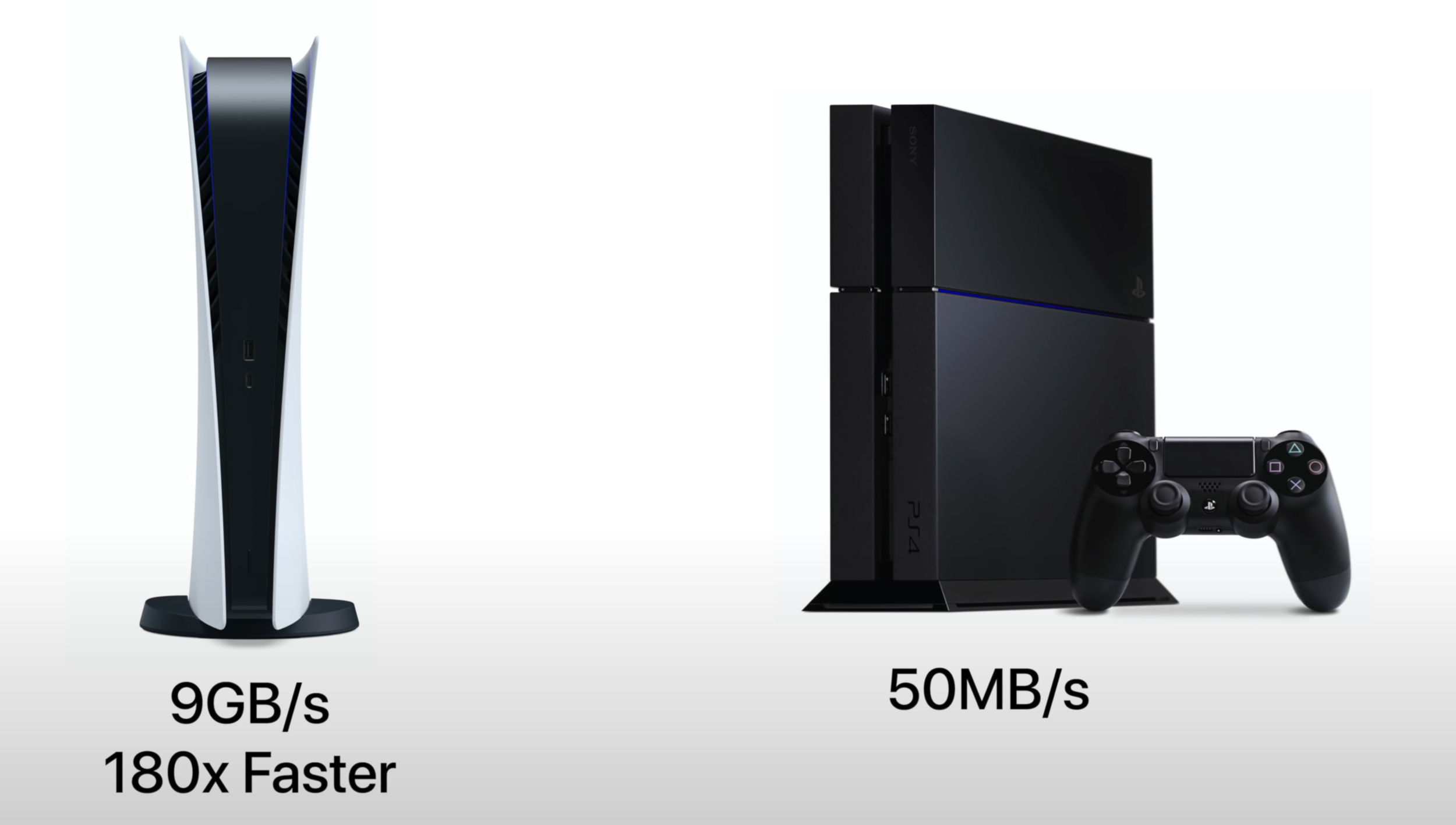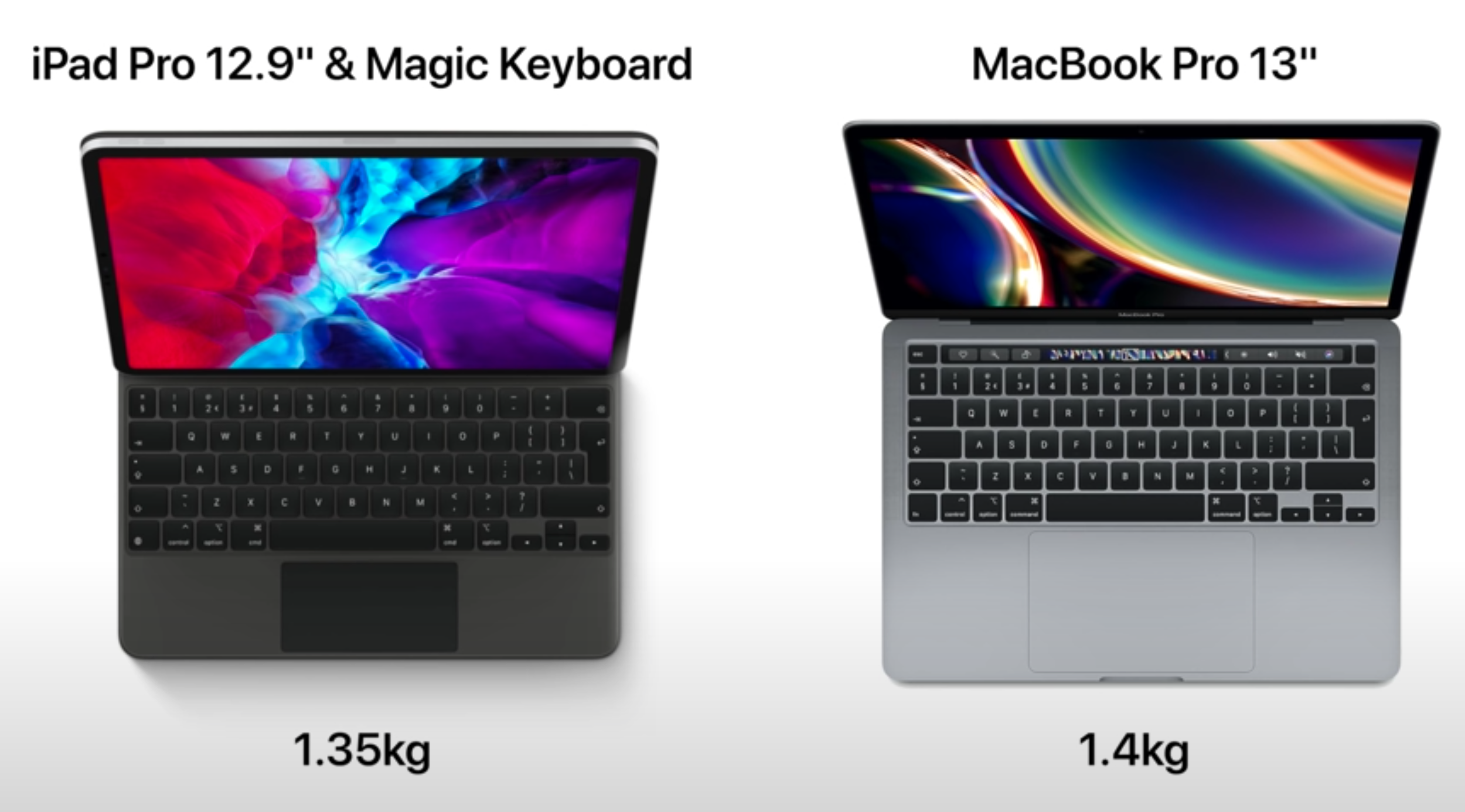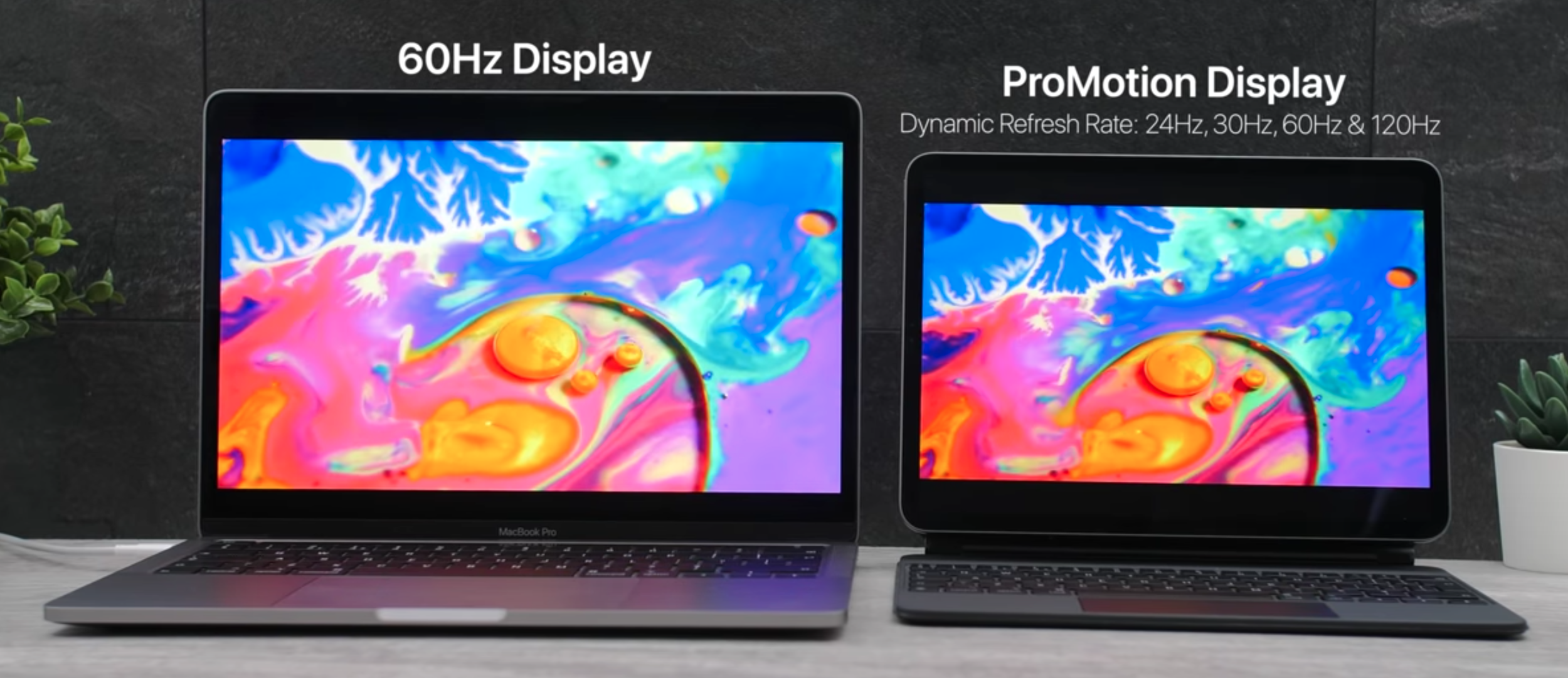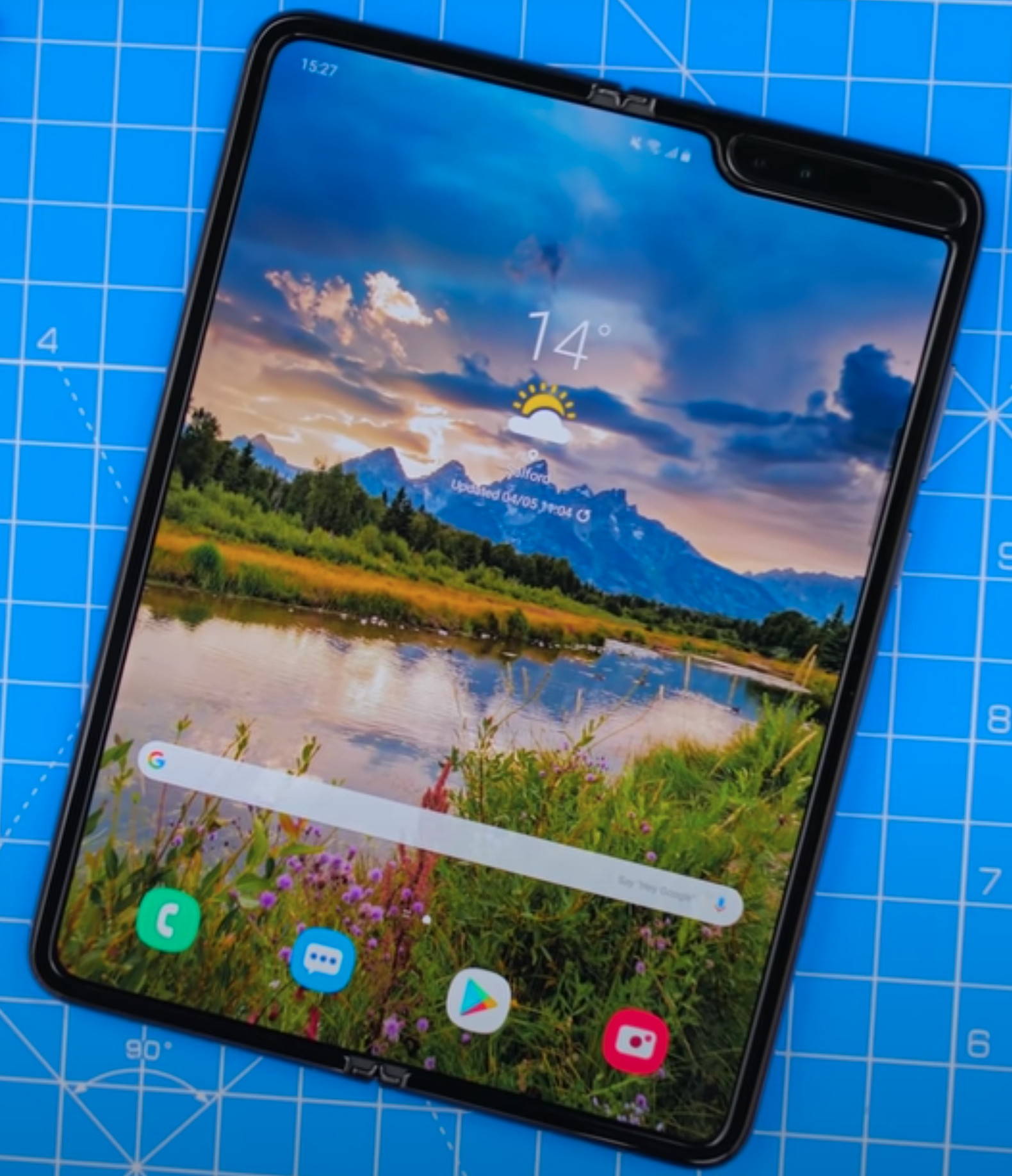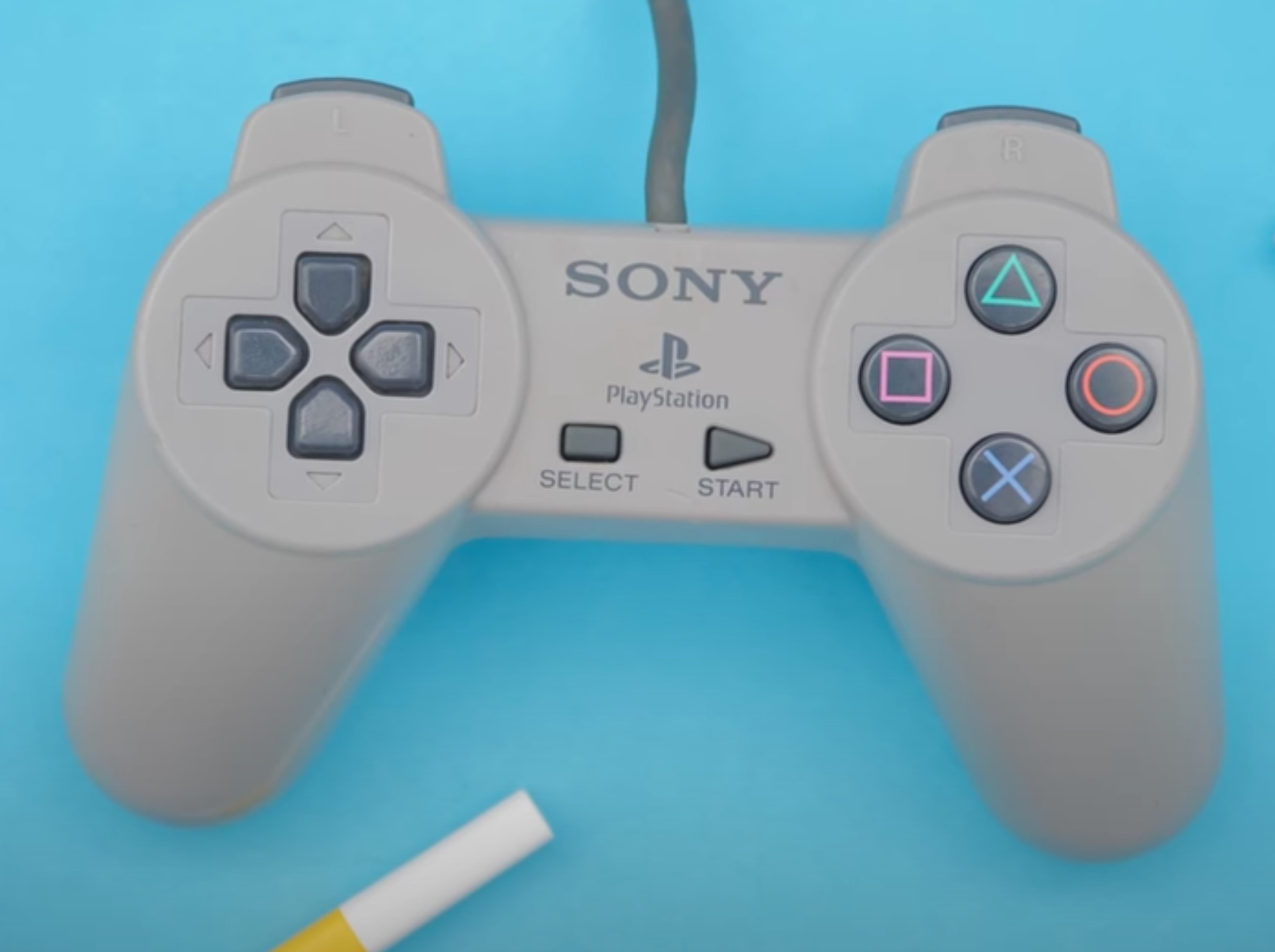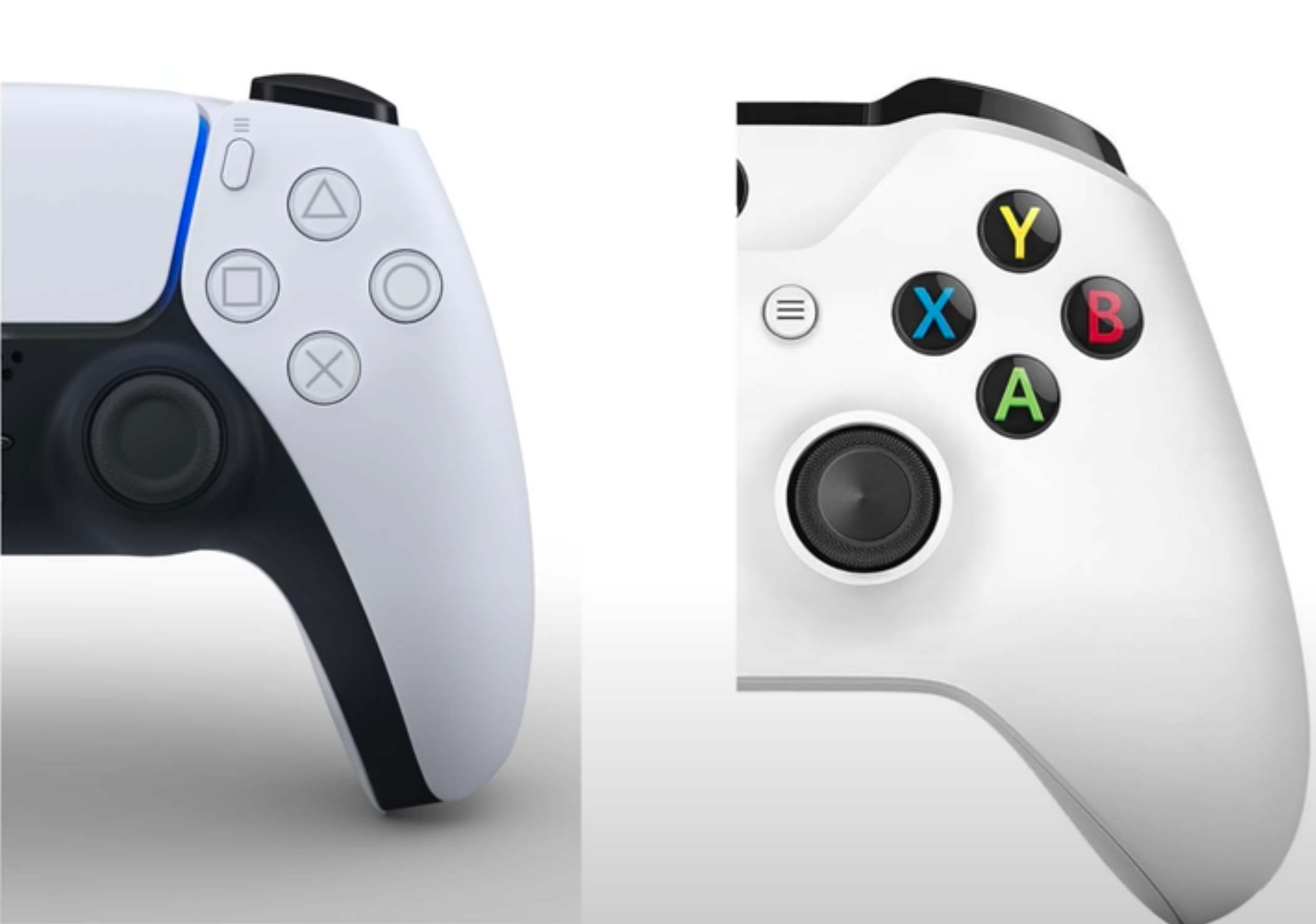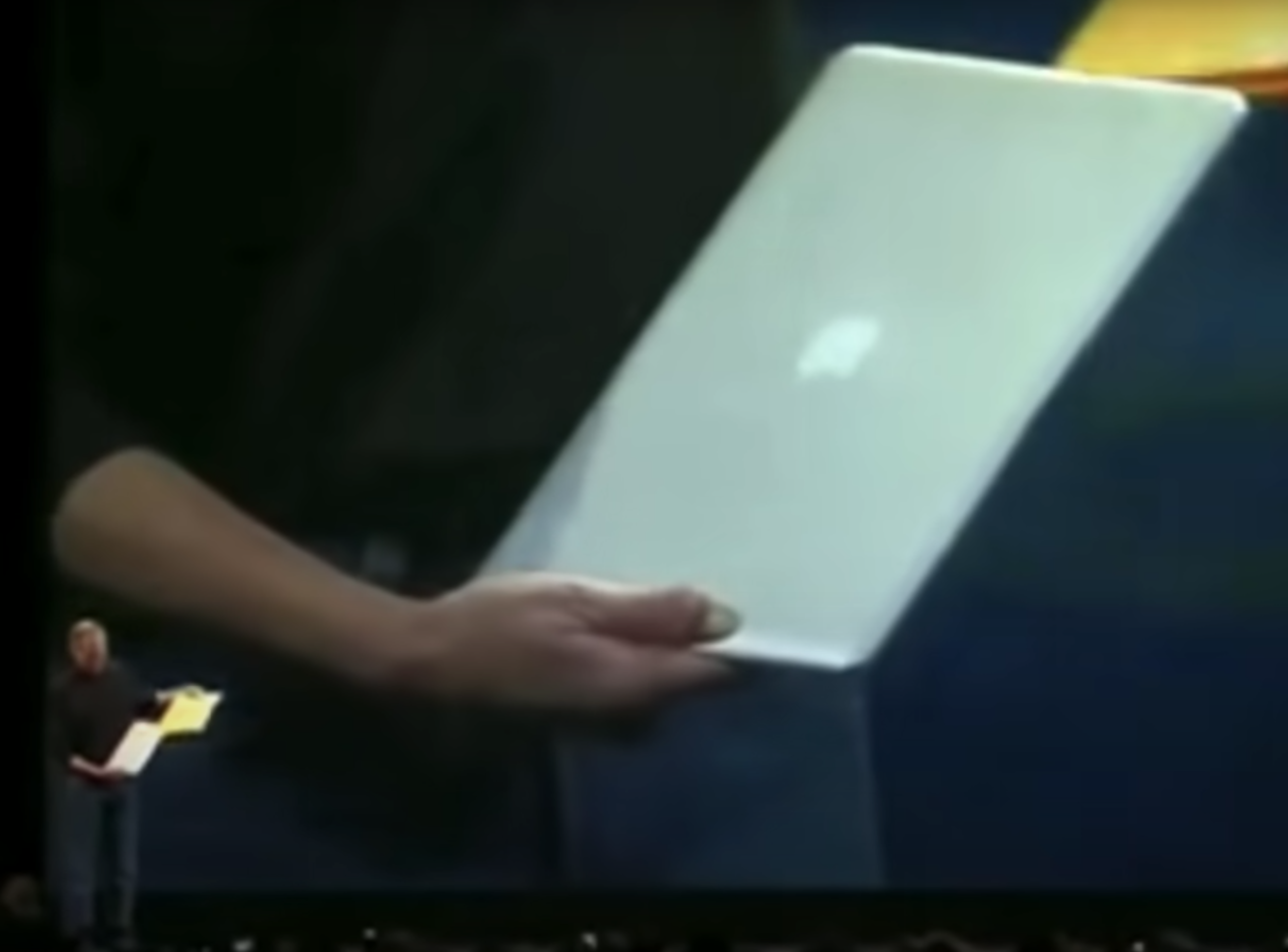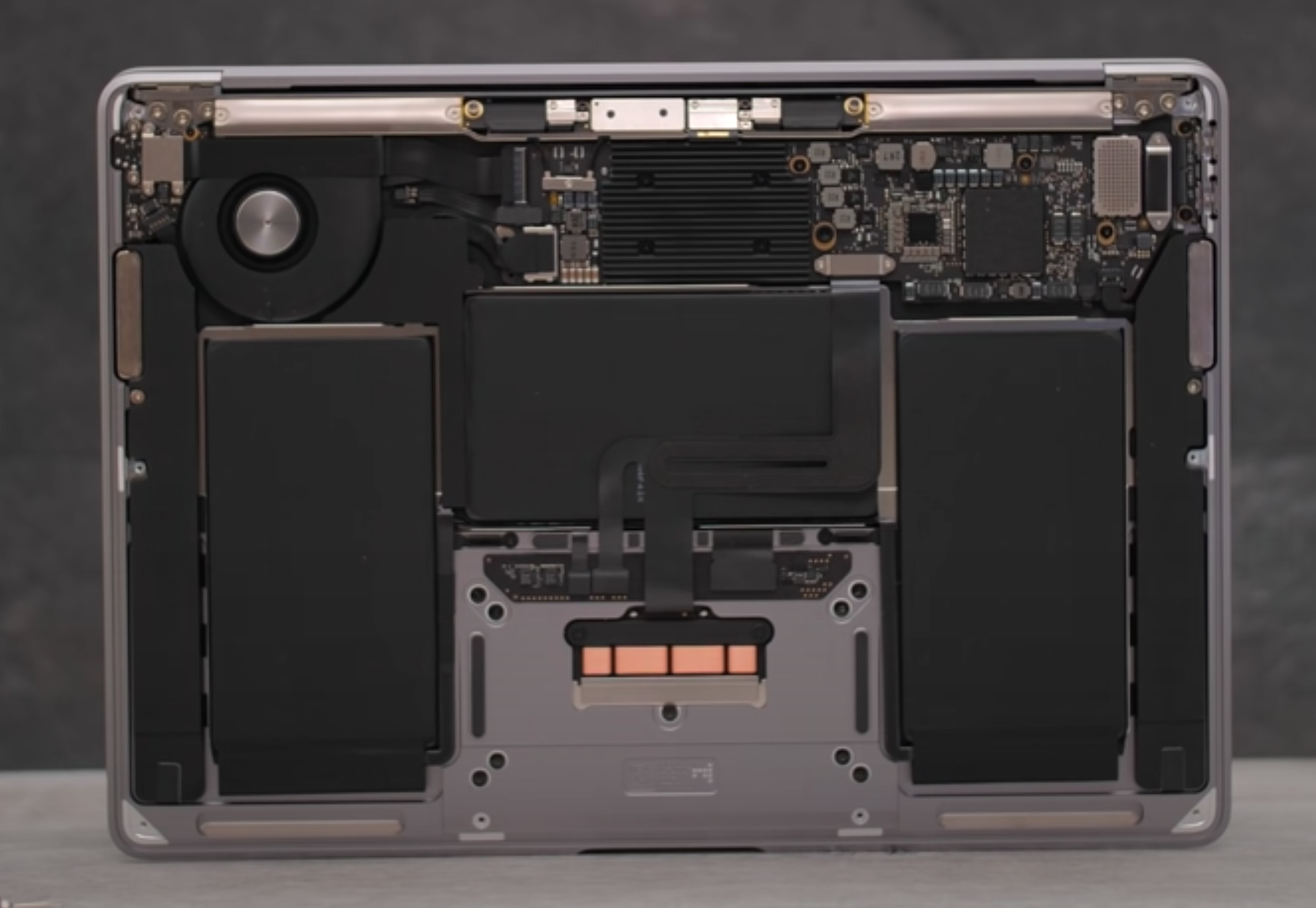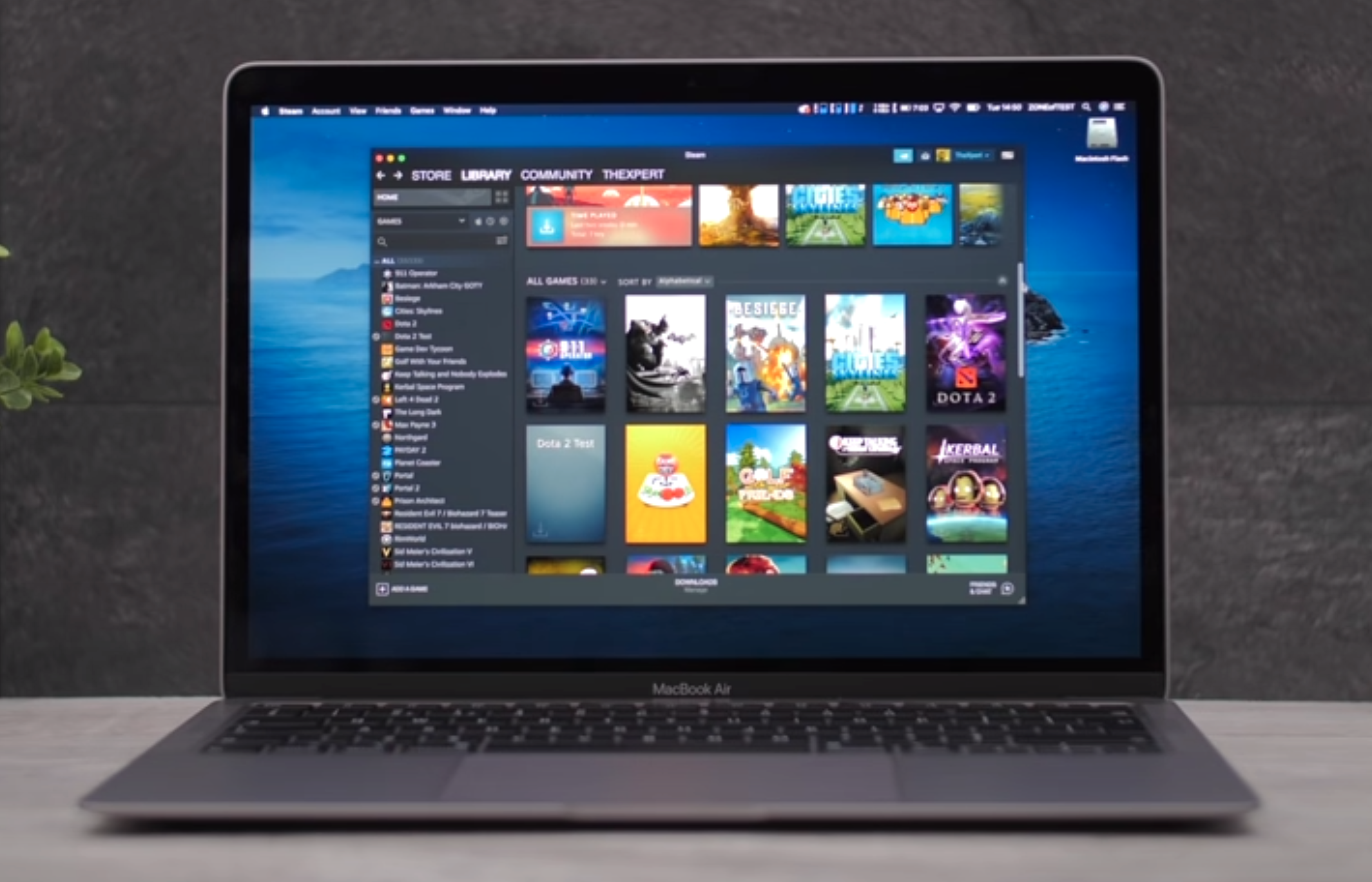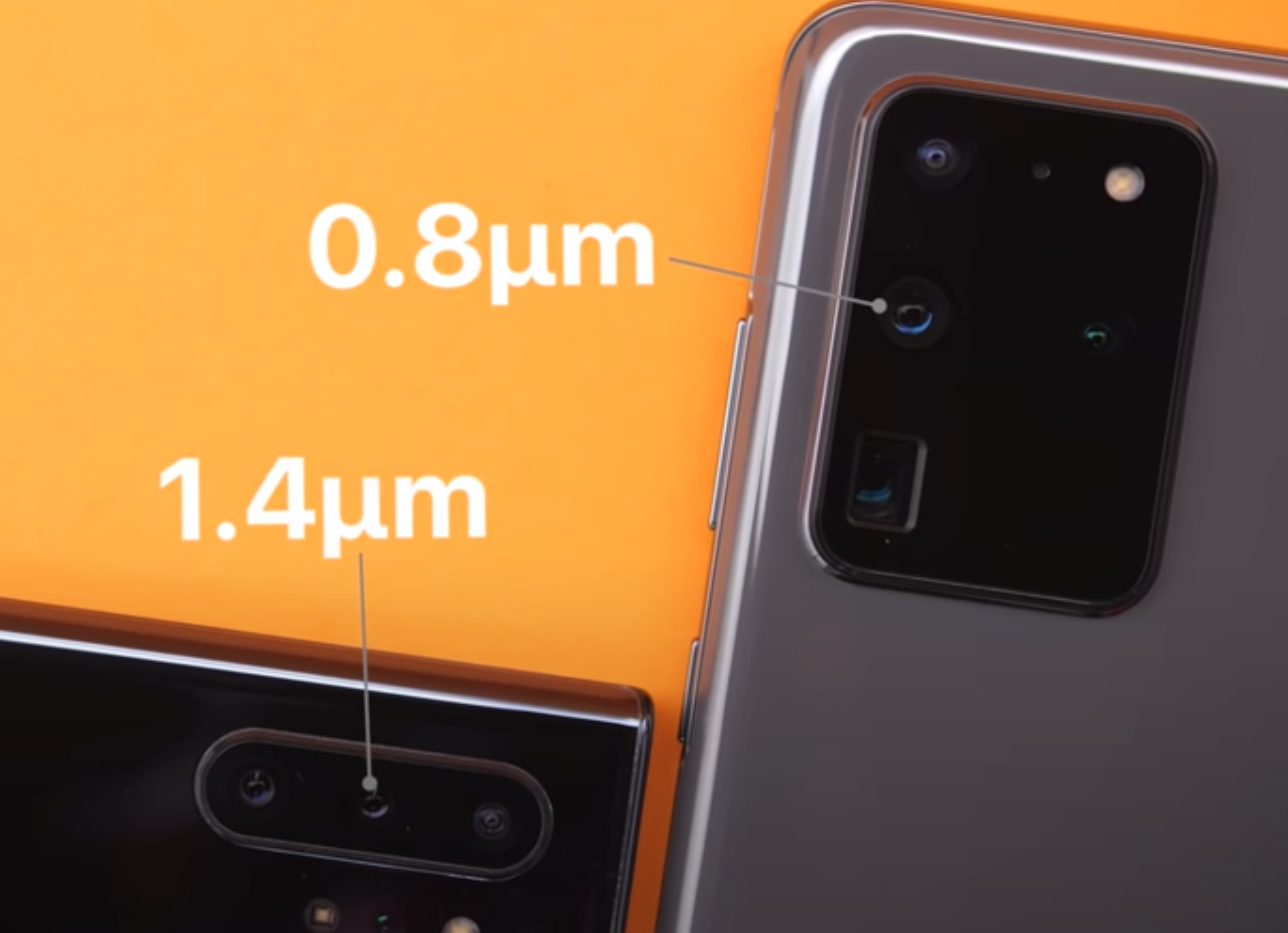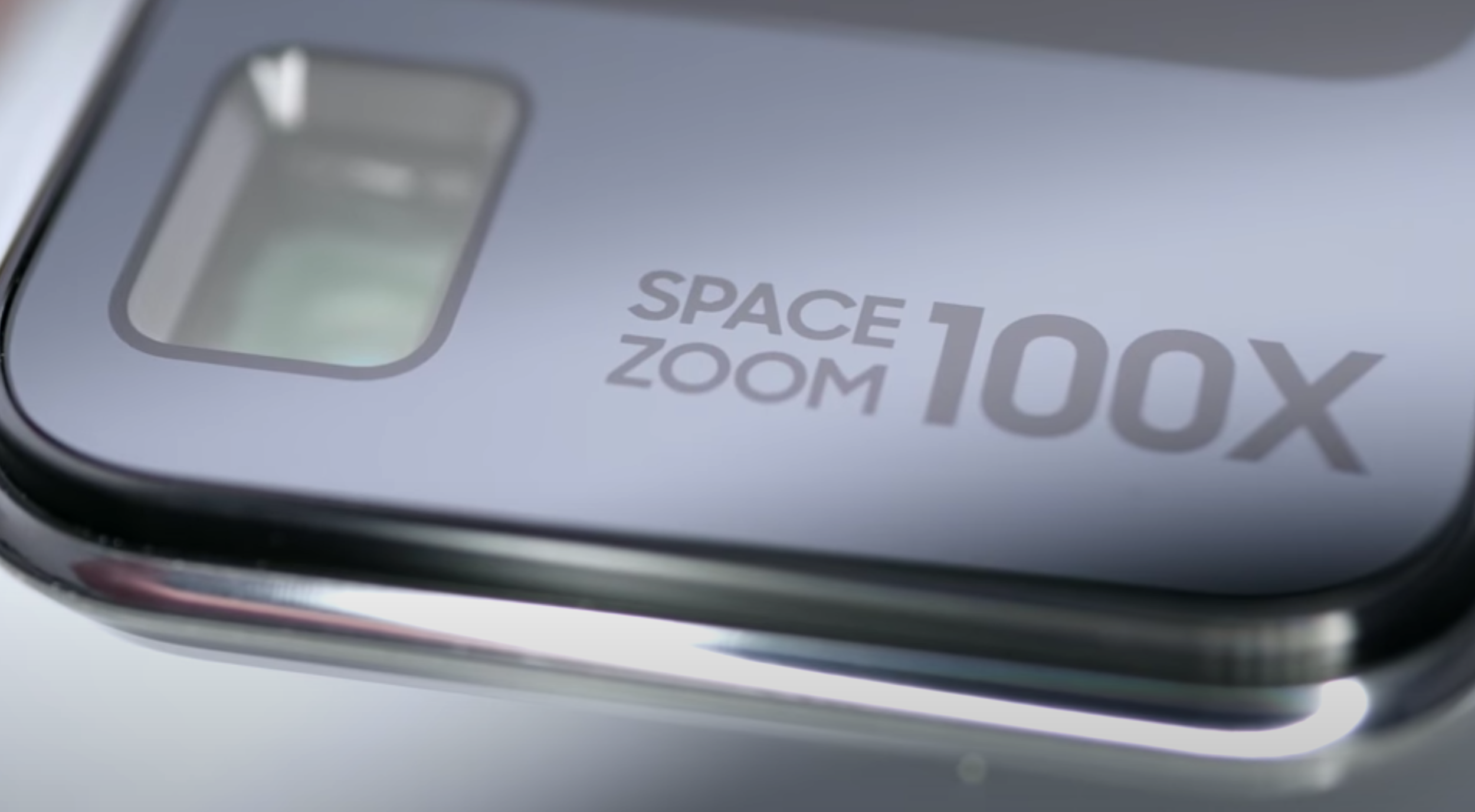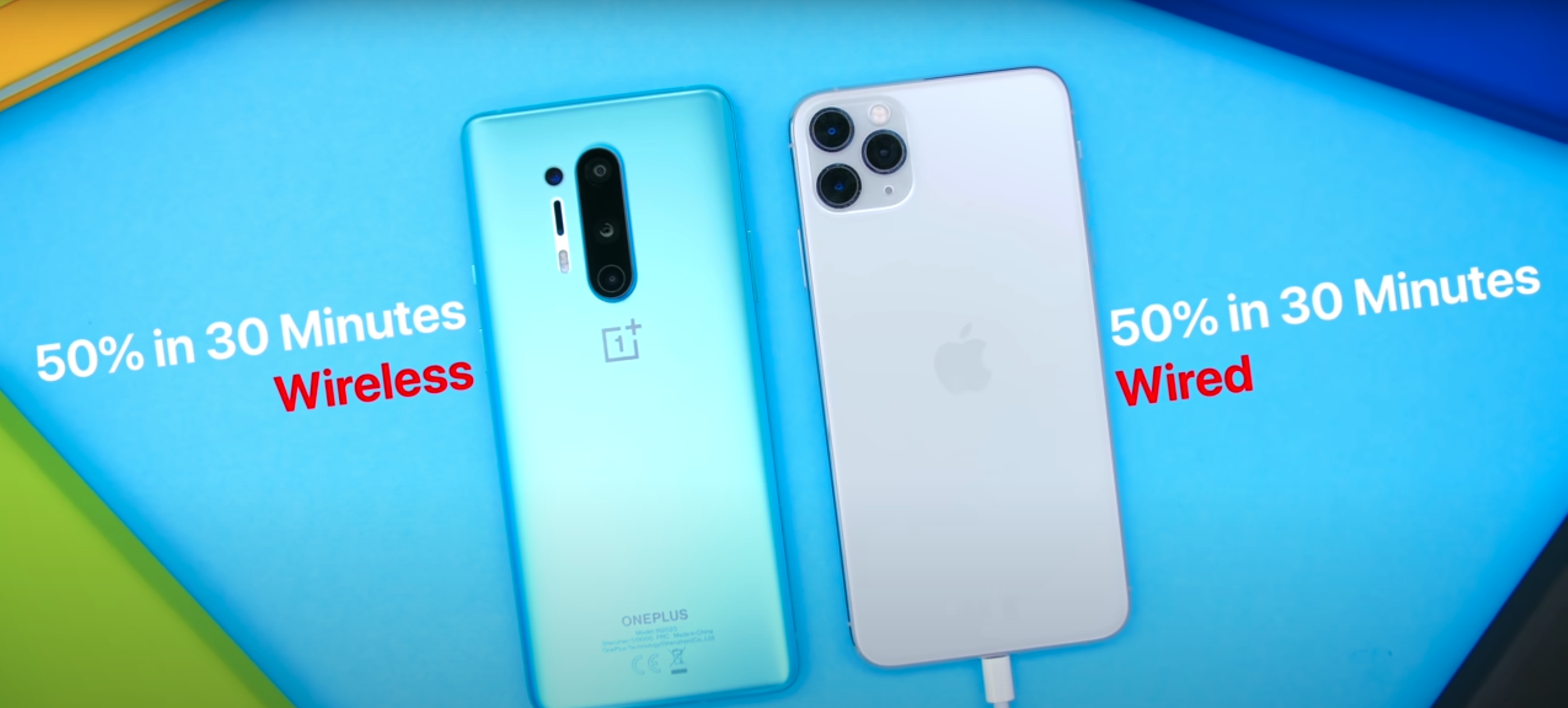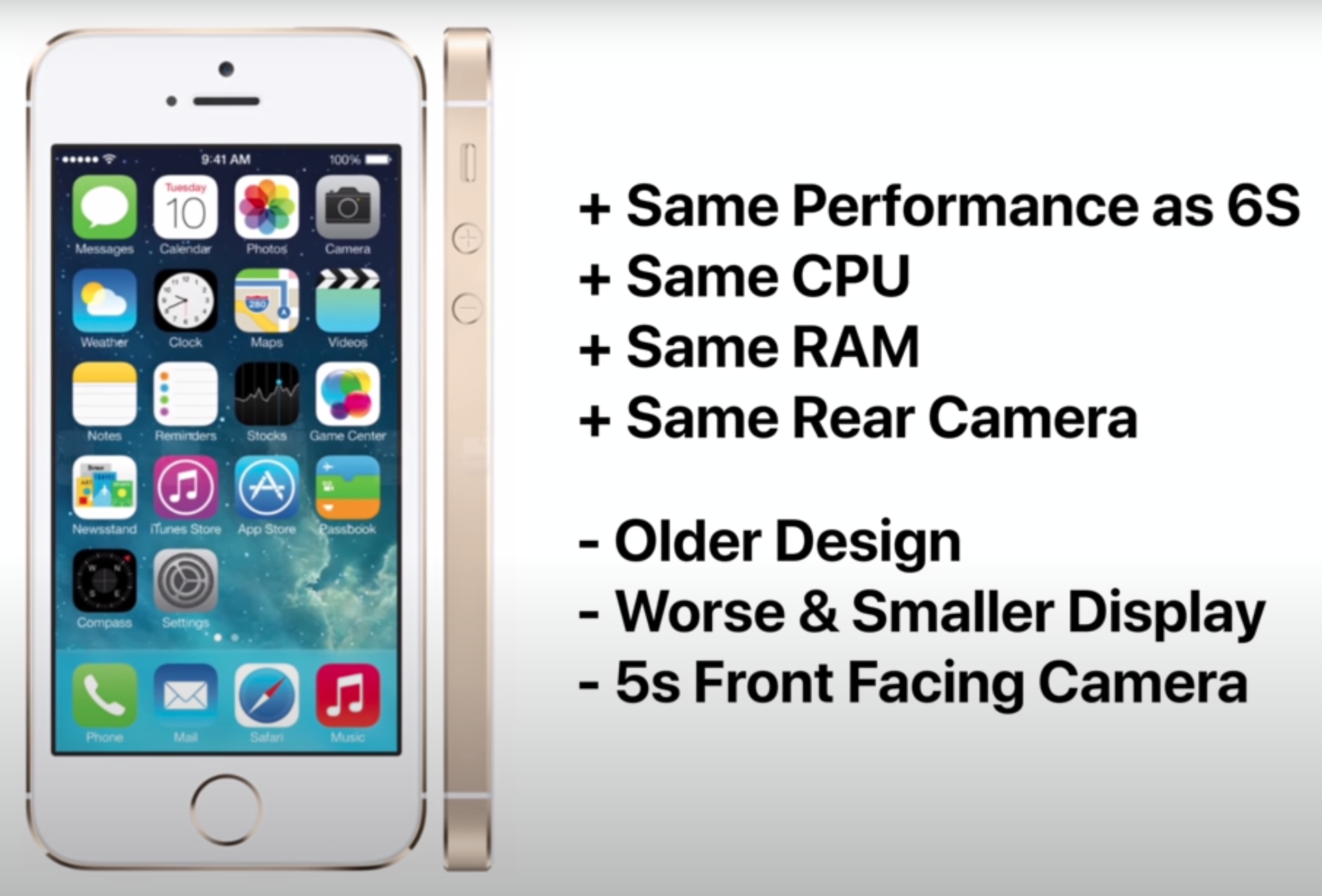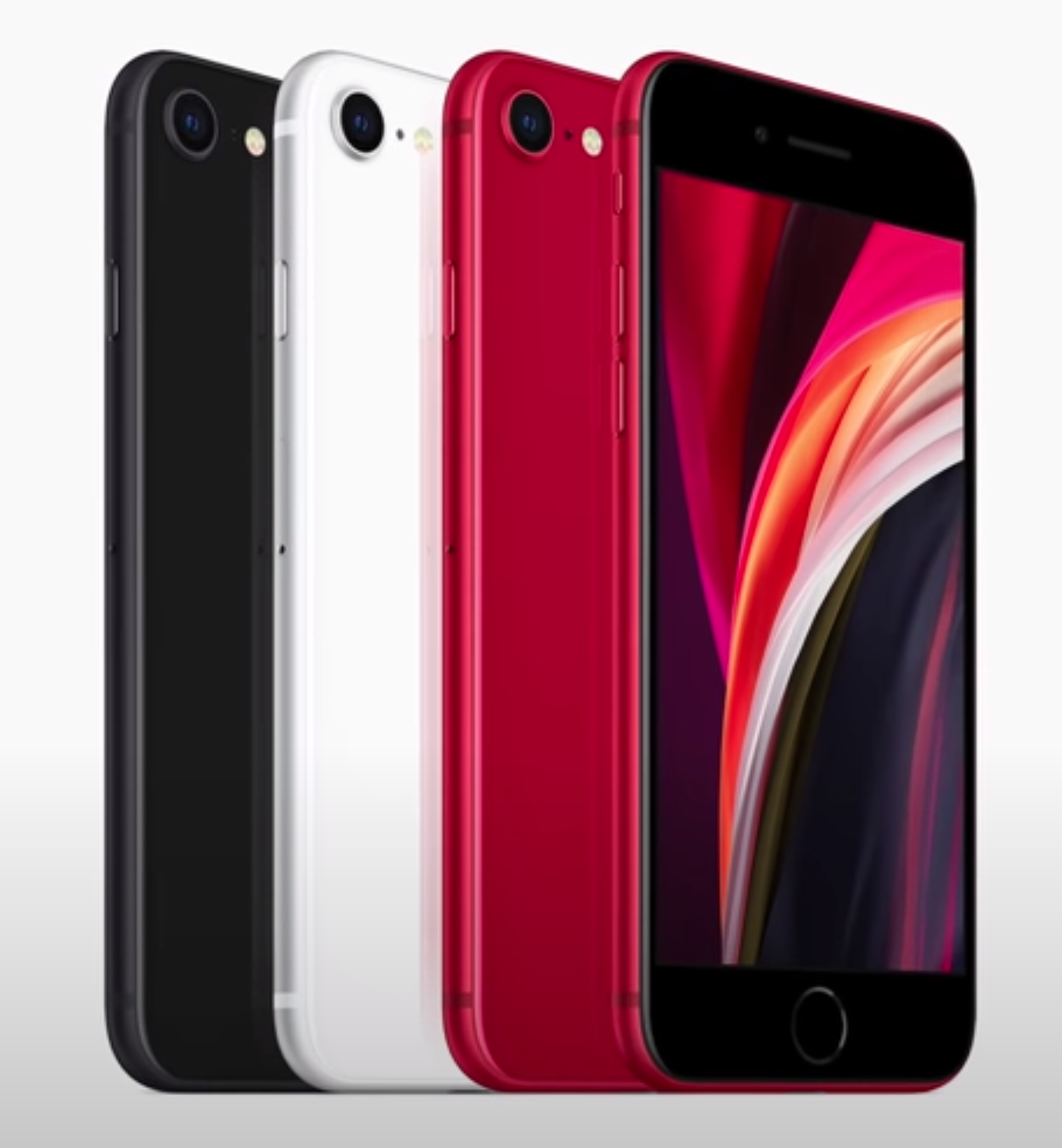This is going to be my Full Review of ‘The Last of Us: Part II’ and this will include FULL SPOILERS for the game, so if you haven’t played it yet, I would highly suggest you do so and check out the Story Trailer above if you haven’t already.
The first thing you might notice is that… I’m not Daniel. I normally deal with Marketing and other assorted behind the scenes stuff at ZONEofTECH but as the resident Video Game nerd, I felt that I couldn’t let this opportunity go to waste. Whether you like this game or not, it’s impact and scale has been massive and if nothing else, has sparked a lot of discussion.
I had planned to put this out a little earlier but as it became clear how divisive and polarised the online Gaming Community had become after the game launched, I felt like I needed to finish the Story first and experience everything for myself before giving a more well-rounded and considered opinion. So, here it is (thanks to Sony for sending us over a code).
A (not so) Lost Legacy
Naughty Dog had a big reputation to live up with the ‘The Last of Us: Part II’ (Image: Pinterest)
Naughty Dog have a rich history of producing some of the most memorable and technically impressive games out there. From ‘Crash Bandicoot’, ‘Jak & Daxter’ to ‘Uncharted’, there is no doubt that these guys are capable of producing Video Games that are of the absolute top-tier. With this in mind, and that the first game of the ‘Last of Us’ series was arguably the game of its Console Generation, there was an expectation to deliver something of equal, if not higher, magnitude.
Playstation have also built themselves an extensive library of exceptional exclusives, such as the most recent ‘God of War’, ‘Horizon Zero Dawn’ and ‘Spider-Man’ to name a few. Sony also produce the new ‘Spider-Man’ movies with Tom Holland who, coincidentally, will be portraying Nathan Drake in the upcoming ‘Uncharted’ movie. All of this adds to expectation for Naughty Dog. This game has been built up to the point where anything less than absolute perfection is deemed a failure by the more hardcore segments of the fan-base, this is where the problem starts.
The Giraffe in the Room
Let’s just get right into it and address the story, which has set the internet on fire over the past week or so. I will warn you one more time for SPOILERS, avert your eyes if you plan to play it yourself.
The catalyst that sets this game in motion is Joel’s death at the hands of a new character, Abby. He is quite viciously beaten to death with a golf club, staying alive just long enough for Ellie to burst in and watch him die. This is after having his leg damn near blown off by the character who we are made to play with for around half of the entire game afterwards. I have seen a lot of anger towards this, with people saying that Joel deserved better. But Joel did some dark things and made a lot of enemies in the first game so, while I do agree that the manner in which he was killed off was a little gratuitous, I can understand why this had to happen the way that it did. The game is very deliberately pushing a certain narrative at this point, the overkill and ambiguity surrounding this event is meant to invoke anger from the player. Joel saved Abby from an Infected Horde and she does this, why?
Some of the trailers led us to believe some things about the game, which turned out to not be the case (Image: Den of Geek).
This is seemingly unjustified and puts you in Ellies head, goading you to carry on and get the guys who killed Joel for reasons we don’t yet know. But we do know they deserve what they get, right? What follows is a slow descent into Ellie’s personal own rainy, Pacific North-Western Hell, with her state of mind deteriorating, methods becoming more brutal and the people she cares about paying the price for her personal vendetta. She eventually gets what she wants, coming face-face with Abby around half-way through the game.
The Story then does a complete u-turn and makes you play through the timeline again as Abby, with the people who killed Joel. This time however, you’re dealing with on ongoing Faction War between the Washington Liberation Front (who have de facto control of the City after overthrowing the Military) and the Seraphites (referred to as ‘Scars’ by the WLF). These ‘Scars’ are painted as savage, religious fanatics who want to pull down the existing power structures and establish their own new world with the teachings of their revered founder, a God-like figure in their eyes. We encounter them as Ellie but don’t really explore their role until we play as Abby.
We also explore the motives for Abby wanting Joel dead and as it turns out, her Father was the Doctor that Joel killed while rescuing Ellie from the Firefly Hospital in the first game. Her group are also ex-Fireflies, fuelling the flames. As we explore Abby’s past and the journey she takes to Jackson, I began to empathise with, and see the depth of a character I vilified for so long. It completely changed the way I viewed the game. I hate what Abby did, but I get it. Her character arc was superbly laid out.
Was all of that worth it in the end? (Image: GamesRadar).
The game mirrors the Ellie & Abby characters and by the time it all comes to a head again, both characters have very similar motives for doing what they are doing and it’s impossible to say who’s ultimately in the right. There are secondary female characters on each side who have differing fates from the same scenario, at this point the Writers are almost literally hitting you over the head with that metaphorical mirror. This is all about perspective. In this world, there is no such thing as heroes or villains in the traditional sense, which is fresh from a story-telling point of view because, whilst I love Marvel movies and the like, there’s enough of that around right now. Everyone is a villain or a hero to someone else, depending on what side you’re on. Even the Seraphites, they serve as a metaphor for overcoming certain Social issues, but that’s a discussion within itself.
In the end, Ellie still can’t let go and the game ends with her worse off than before, insinuating that this cycle of revenge that she found herself in did more damage than her actual loss did in the first place. This was an exceptional Story told expertly well, but with a game like this, you’ll never please every single player. I am glad Naughty Dog took this direction though, seemingly embracing the fact that the game was going to get criticised one way or another and just made a game that they felt was real and authentic. I feel like the game justifies its existence and pushes the narrative forward in a way which is true to the identity of the first iteration. That being said, I do feel some of the ‘Jump-Scare’ moments were predictable & repetitive and that the whole back-story behind Joel’s big secret reveal should not have been cut into a flashback. Additionally, I would be very interested to see how this game would have played if it was laid out chronologically. This is not a comprehensive run-down of the entire Story as that would literally take me pages on pages to say in full, I will say again, try to experience the full thing first-hand.
Onto topics that are little less contentious, I’m going to avoid splitting this off into sections as each technical aspect of this game feeds so well into the other that it’s sometimes difficult to draw the line. I’ll start with the first thing you notice, the Graphics. I would say this is second only to the PS4 remaster of ‘Shadow of the Colossus’, in my opinion. From the snowy Mountains of Jackson to the ruined City of Seattle, every scene in this game looks like it was pulled straight out of a big-budget Hollywood film and shot on a Camera, rather than digitally manufactured.
The game couples huge set-pieces with the most acute details (Image: USgamer).
It’s massive too. Each tiny part of this world has been meticulously crafted and it does not suffer from that sheer scale. There are scenes that make the world feel huge, the buildings in Seattle for instance, but then you look around and notice all of the other tiny little things that are there. Some of my favourite moments, from a Graphics standpoint, were ones that made use of Naughty Dog’s talents with Water & Snow Effects. It’s the small details in their behaviour and how they interact so fluidly with what the player is doing and what is happening in the game that give that added layer of immersion. When I first loaded up the game and saw that Main Menu, it had me sold there and then.
The Weather Effects are put to equally good use too. You might notice that Rain, Wind, Thunder, Fog and Lighting is used at very specific points, this is the game very subtly trying to make you feel or act in a certain way. It is devices like this that help guide you through certain points in the game and are a good way of showing you what to do without being explicit. The Lighting is particularly well-done, it’s not over-produced and comes across as natural to the point where you forget to take special notice of it, just because of how well it fits in to every part of the game.
I will give a special shout-out to the Gun Customisation too, the detail in those close-up scenes on the Workbench is straight-up ridiculous. The transitions between these areas are seem-less and at no point did I feel that a menu or a cutscene really took me out of the game. The Infected themselves are just horrifying, but in the best possible way. It speaks a lot about character design when an enemy can make you feel physically ill. There’s one in particular that’ll stick with me, but I’ll leave that one for you to discover.
The boat chapters helped showcase some very technically impressive environments (Image: Evening Standard).
If you’ve played the first game, then it won’t take you long to get into the flow of this one, many of the systems are similar (Weapons, Crafting, Exploration etc). However, especially when you’re playing as Ellie, the game is just so much faster than the first one. Combat is fluid and refined from what we saw in the last game, it’s fast-paced and the environment is put to good use in terms of the animations, some areas might allow you to be bit more creative with how you take down some enemy types. My only complaint is that the Companion AI can sometimes be a little dumb in their movement and is invisible to enemies, even when clearly in their line of sight. Generally speaking though, the Enemy AI Pathing is well thought out, it’s sometimes unpredictable in a good way so you really have to keep your bearings.
Resource management is key, especially on the higher difficulties where they become increasingly sparse. Enemy types can be varied in certain encounters, including: Runners, Clickers, Bloaters, Stalkers, Armed Human NPC’s and Dogs amongst others. The game really makes you think about how to engage and pushes you to utilise everything around you in order to survive. Plus, using all of your Ammo on lighter enemies can have an effect down the line when you find yourself up against something heavier, with only your knife or a wooden board (this happened to me more than it really should have).
There’s a lot to see, too much for just one play-through (Image: GosuNoob).
The levels have a lot more verticality to them to really help flush out the amount that you can see, do and find, making these threats ever-present. This is a ‘Last of Us’ game, so be sure to open up every drawer and look in every corner, there’s always something else that you haven’t seen. My play-through was roughly 32 hours, 10 hours of which was just me looking around a cleared area for Resources & Collectibles. I did start to go slightly insane at points as there are a grand total of 266 Collectibles to find across the 11 Acts/45 Chapters. There are also several PlayStation Easter Eggs scattered around, including Nathan Drake’s Ring, a Precursor Orb from ‘Jak & Daxter’ and a few of the fat PS3’s (as the world effectively ended in 2013) here and there. Also, pro-tip, always expect the worst when resources seem to getting more common and pay attention to what the game gives you, because it might be an indicator that you will need them very soon. Also, they are scattered throughout the world as you would expect them to be in real-life. For example, you will find Cloth in Bedrooms, Alcohol in Bars, Supplements in Bathrooms, Parts in Garages and so on. These are the little details which you might think are pretty common sense, but make the experience so much more real.
Realism is a huge aspect of this game and a lot of that comes through Audio. The Sound Design is immense and use of Music is well-placed and used to flush out the world that extra step further. The Guitar is one of the key symbols of the game and is Ellie’s strongest link to Joel, its integration in terms of the Controls is also very intuitive and unique. It almost makes me feel like I can play the Guitar (which I can’t), this leads into another massive part of this Games’ production, which Accessibility. If you’re hard of Hearing, Blind or have Physical Disabilities, there are features in this game that can allow you to still enjoy & experience it. I saw a video on Twitter of a young man who was Blind, playing the game. It was one of the more wholesome things that I saw on this subject and goes to show how awesome Video Games are, with the impact that they can have.
32 hours well spent (Image: Dexerto)
I could honestly write a full on Book about this game, if given the time, but now I have to find a way to sum this up and not waffle on and on for hours. In Summary, this is not a game that I can that you will ‘enjoy’ the whole time, so to speak. This game is designed to make you think, question and feel, which is the hallmark trait of any worthwhile experience in my view. The ending was ambiguous, but this is the end of Part 2, not the end of the Story. There is still surely more to come with series and judging by Naughty Dog’s history, I have a theory that there will be four ‘Parts’ to this in total. We will see.
The Game is certainly re-playable, with fluid & brutal Gameplay, that level of production and a compelling Story, you will have no problem going through this game a second time while still getting that same sense of fulfilment. Naughty Dog are a victim of their own absurdly high bar, with how this game is being generally received outside of Critics. But I would definitely recommend playing this game, even if you know what happens and have seen a lot of Reviews saying otherwise. I won’t put a number on this, but I can categorically say that the 30 plus hours I spent in that world were worth my time, albeit exhausting, and deserves to be experienced by as many people as possible.






